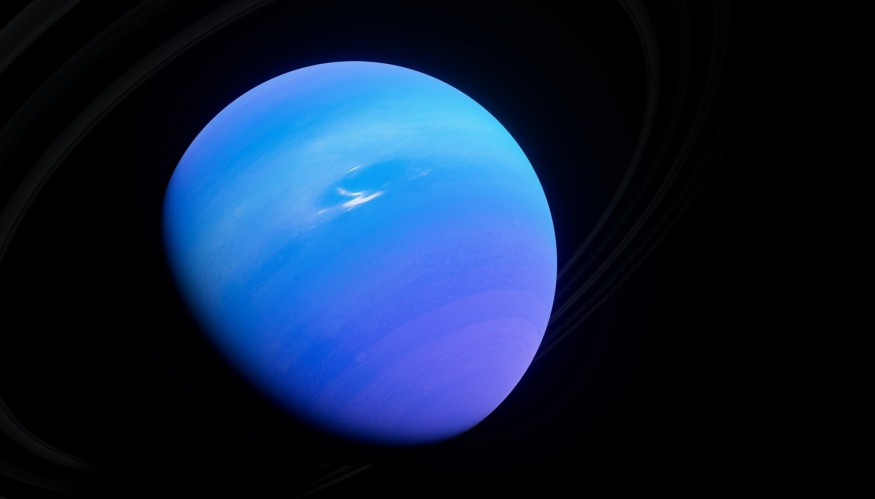For a long time, scientists assumed that if there was alien life in the Solar System, it would be hidden beneath the surface of Mars, in Venus' clouds, or in the ice oceans of Jupiter and Saturn's moons. However, MailOnline cited a new study that suggests that Uranus' moons Titania and Oberon may also have oceans that are warm enough to sustain life.
NASA scientists arrived at this conclusion by re-examining data from Voyager 2's close encounters with Uranus in the 1980s and utilizing computer modeling to search for indications of water on the five largest icy moons orbiting the planet. This finding indicates that scientists should also consider exploring Uranus' moons in the quest for extraterrestrial life nearby.

Titania and Oberon Could Probably Support Life
In the study, titled "Evidence for Ammonia-bearing Species on the Uranian Satellite Ariel Supports Recent Geologic Activity" published in The Astrophysical Journal Letters, NASA scientists from the Jet Propulsion Laboratory in Southern California found that four of Uranus' moons- Ariel, Umbriel, Titania, and Oberon - probably have oceans between their cores and icy crusts.
These oceans could be so vast that they are each dozens of miles deep. The researchers came to this conclusion after establishing that the moons were insulated enough to retain the internal heat required to host an ocean.
Furthermore, the oceans of Titania and Oberon may even be warm enough to potentially support extraterrestrial life. This is because scientists discovered a potential heat source in the moons' rocky mantles, which release hot liquid and would help maintain a warm environment for an ocean.
It was previously assumed that Uranus' other massive moons were too tiny to sustain the heat required to keep a subsurface ocean from freezing. However, the new research challenges this belief. It had been assumed that the warmth created by the gravitational pull of Uranus was only a minor source of heat. Unlike other planets such as Jupiter and Saturn, Uranus does not have significant tidal heating to warm its moons.
Experts have long assumed that Titania, Uranus' biggest moon, would maintain interior heat due to the warmth produced by radioactive decay. The radioactive decay of materials such as uranium and thorium produces 50% of the heat emitted by our planet.
READ ALSO: Uranus' Glowing Rings, 27 Moons Captured in First Images Shared by NASA's James Webb Space Telescope
Digging Into the Composition of Oceans in Uranus' Moons
Scientists are studying the composition of the oceans on Uranus's largest moons to learn more about the materials that might be present on the moons' icy surfaces, Phys.org reported. If substances underneath are pushed up from below by geological activity, this could provide evidence of a subsurface ocean.
Telescopes have revealed that Ariel has material that may have flowed onto its surface from icy volcanoes, while the surface features on Miranda suggest that it may have held an ocean at some point, although it is now likely frozen.
While internal heat is not the only factor contributing to a moon's subsurface ocean, the study found that chlorides and ammonia are likely abundant in the oceans of the icy giant's largest moons. Ammonia has been shown to operate as an antifreeze, and the modeling shows that salts presumably present in the water would be another source of antifreeze to maintain the internal structure of the oceans.
Further work is needed to develop new models for different assumptions on the origin of the moons to guide planning for future observations.
RELATED ARTICLE : Two Uranus Moons Might Be Harboring Active Oceans That Release Materials to Space, Research Suggests
Check out more news and information on Space in Science Times.
© 2025 ScienceTimes.com All rights reserved. Do not reproduce without permission. The window to the world of Science Times.












